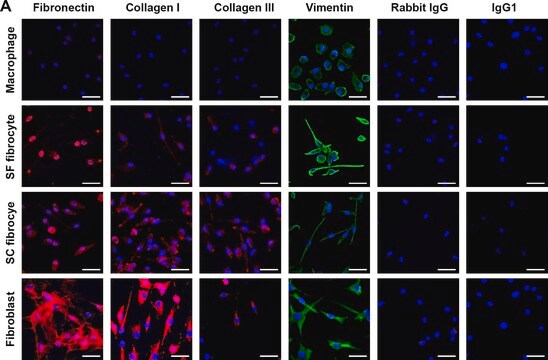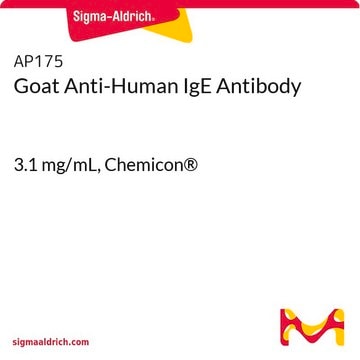10012801
1.1B4 human
human pancreas (islets), Epithelial
About This Item
Produits recommandés
Nom du produit
1.1B4 human,
Source biologique
human pancreas (islets)
Forme
liquid
Mode de croissance
Adherent
Caryotype
Modal chromosome number 67-71
Morphologie
Epithelial
Produits
1.1B4 cells have been shown to express insulin, glucokinase and IAPP by immunocytochemistry. These cells express the GLUT1 glucose transporter.
Récepteurs
Not specified
Technique(s)
cell culture | mammalian: suitable
Conditions d'expédition
dry ice
Température de stockage
−196°C
Origine de la lignée cellulaire
Description de la lignée cellulaire
According to the literature (Vasu et al 2013) (Green et al 2015) 1.1B4 secretes a low level of insulin as detected by radioimmunoassay. 1.1B4 has been shown to be tumourigenic when transplanted into a SCID mouse host. The cell line has applications in the study of pancreatic cell biology.
The STR profile of 1.1B4 is indistinguishable from the parental PANC-1 Cell Line indicating that the DNA from the pancreatic beta cell fusion partner is below the limit of detection of the STR profiling assay. The Y chromosome could not be detected in this cell line by short tandem repeat (STR)-PCR analysis when tested at ECACC. It is a known phenomenon that due to the increased genetic instability of cancer cell lines the Y chromosome can be rearranged or lost resulting in lack of detection. The cell line is identical to the source provided by the depositor based on the STR-PCR analysis.
Milieu de culture
Procédure de repiquage
Autres remarques
Code de la classe de stockage
12 - Non Combustible Liquids
Classe de danger pour l'eau (WGK)
WGK 3
Point d'éclair (°F)
Not applicable
Point d'éclair (°C)
Not applicable
Faites votre choix parmi les versions les plus récentes :
Certificats d'analyse (COA)
It looks like we've run into a problem, but you can still download Certificates of Analysis from our Documents section.
Si vous avez besoin d'assistance, veuillez contacter Service Clients
Déjà en possession de ce produit ?
Retrouvez la documentation relative aux produits que vous avez récemment achetés dans la Bibliothèque de documents.
Active Filters
Notre équipe de scientifiques dispose d'une expérience dans tous les secteurs de la recherche, notamment en sciences de la vie, science des matériaux, synthèse chimique, chromatographie, analyse et dans de nombreux autres domaines..
Contacter notre Service technique








